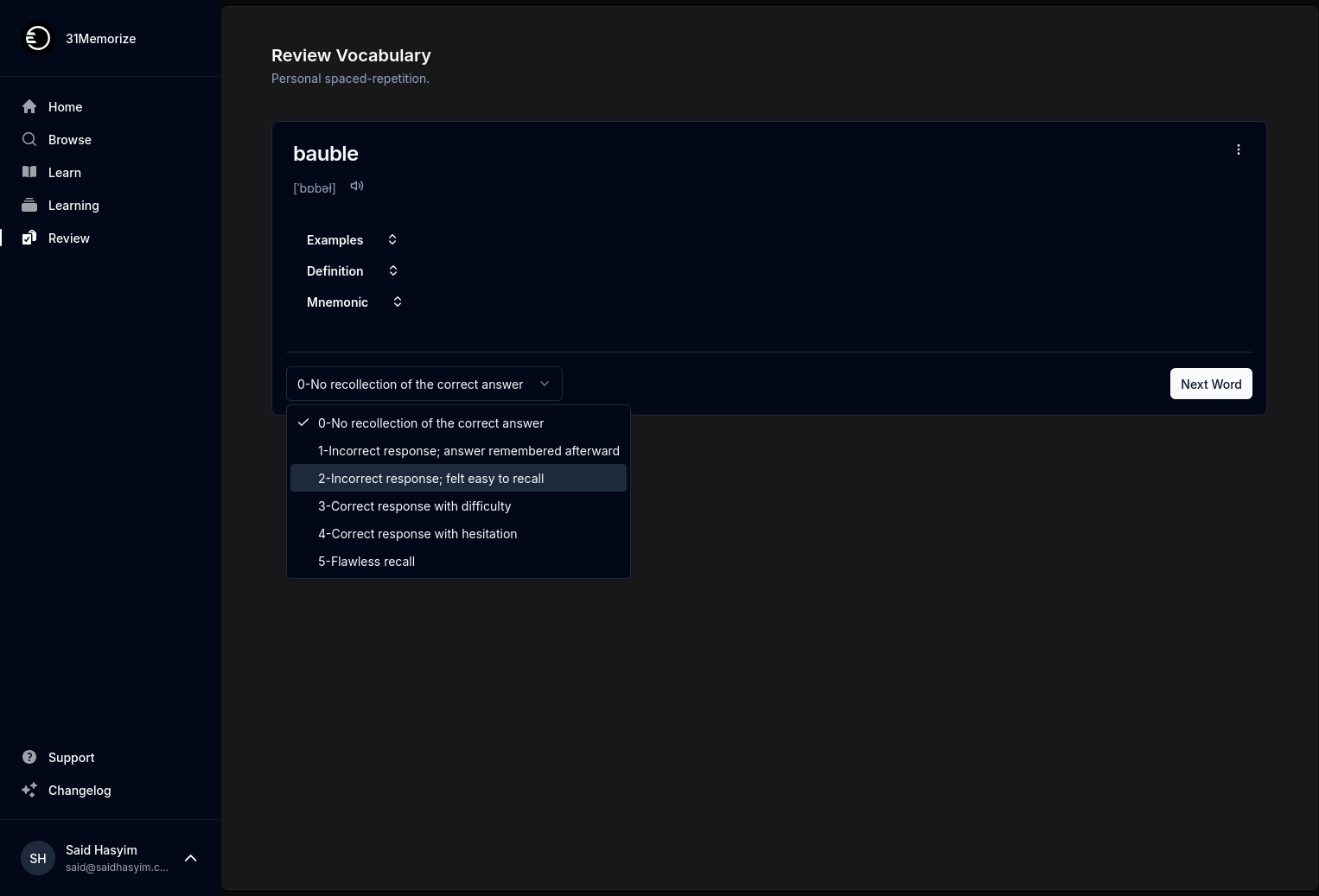The Challenge of Managing Ratings Over Multiple Platforms
In today’s digital landscape, managing ratings across multiple platforms has emerged as a significant challenge for businesses and brands. With the proliferation of user-generated content and the power of online reviews, a company's reputation can fluctuate in real time. The need for a comprehensive strategy to monitor, respond to, and leverage these ratings has never been more crucial. In this blog post, we will explore the complexities of managing ratings across various platforms, their implications for businesses, and best practices for navigating this intricate landscape.
Understanding the Landscape of Online Ratings
Fragmentation of Platforms
The first significant challenge in managing ratings is the sheer number of platforms where customers can leave feedback. From traditional review sites like Yelp and TripAdvisor to e-commerce giants like Amazon, social media platforms, and niche community forums, customers have an abundance of choices. Each platform has its unique audience, norms, and content types, making it vital for companies to tailor their responses appropriately.
Variability in Rating Systems
Different platforms utilize varied rating systems and scales. For instance, a five-star system on one platform may have different implications than a ten-point scale on another. Additionally, variations in how ratings are aggregated (e.g., some platforms prioritize recent reviews over old ones) can cause fluctuations in a company's overall rating. This inconsistency complicates how businesses interpret and respond to customer feedback.
Importance of Online Ratings
Influence on Consumer Behavior
Ratings significantly influence consumer decision-making. Research has consistently shown that potential customers rely heavily on reviews and ratings when considering products or services. A negative rating on one major platform can deter customers even if a business has stellar reviews elsewhere. Thus, it is essential for companies to actively manage their online reputations to maintain consumer trust.
Impact on Search Engine Rankings
Incorporating ratings and reviews into a comprehensive digital marketing strategy is crucial for improving search engine optimization (SEO). Search engines often prioritize businesses with higher ratings and reviews in their results, making it essential for companies to achieve a favorable rating across diverse platforms. Simply put, a multi-faceted reputation can improve online visibility and drive more organic traffic.
Strategies to Manage Ratings Effectively
Centralized Monitoring
One of the most effective strategies for managing ratings is to centralize the monitoring process. This involves aggregating ratings and reviews from various platforms into a single dashboard. By doing so, businesses can:
- Quickly assess their overall reputation
- Identify trends in customer feedback
- Address issues before they escalate
Establishing a Consistent Response Protocol
Every interaction with a customer, whether positive or negative, is an opportunity to reinforce a brand's values and mission. Establishing a uniform response protocol ensures that all team members understand how to engage with customers on multiple platforms. This includes guidelines on:
- Timeliness of responses
- Tone and language
- Strategies to acknowledge both positive and negative feedback
Encouraging Customer Engagement
Proactively encouraging customers to leave ratings and reviews can help balance out the narrative surrounding your business. While it’s essential to ask satisfied customers to share their experiences, ensuring that outreach appears genuine and not overly promotional is vital. This could be achieved through:
- Follow-up emails after purchases
- Personalized requests for feedback
- Incentivizing reviews through loyalty programs
Leveraging Feedback for Improvement
Ratings are not just a reflection of business performance; they can also provide valuable insights into customer needs and preferences. Regularly analyzing feedback from multiple platforms can highlight areas for improvement and innovation. By acting upon customer suggestions, businesses can significantly enhance their offerings and customer satisfaction.
Regularly Monitor and Adapt
With the digital landscape constantly changing, companies must regularly review and adapt their rating management strategies. This involves:
- Staying informed about changes in platform algorithms
- Assessing competitors’ approaches to ratings
- Analyzing shifts in customer sentiment and preferences
Conclusion
Managing ratings over multiple platforms is undoubtedly a complex endeavor, but the rewards of doing so effectively can significantly outweigh the challenges. A well-executed ratings management strategy can lead to enhanced online reputation, increased customer trust, and, ultimately, improved business performance. By adopting a proactive approach and embracing customer feedback, companies can navigate the ever-dynamic landscape of online ratings, turning challenges into opportunities for growth.
As we move deeper into the digital age, those businesses that efficiently manage their reputation across platforms will not only survive but thrive. Consistency, engagement, and responsiveness are crucial elements in building and maintaining a strong and positive online presence. As the saying goes, "The customer is always right" — ensuring that their voice is heard across every platform is the key to unlocking success in today's interconnected world.
